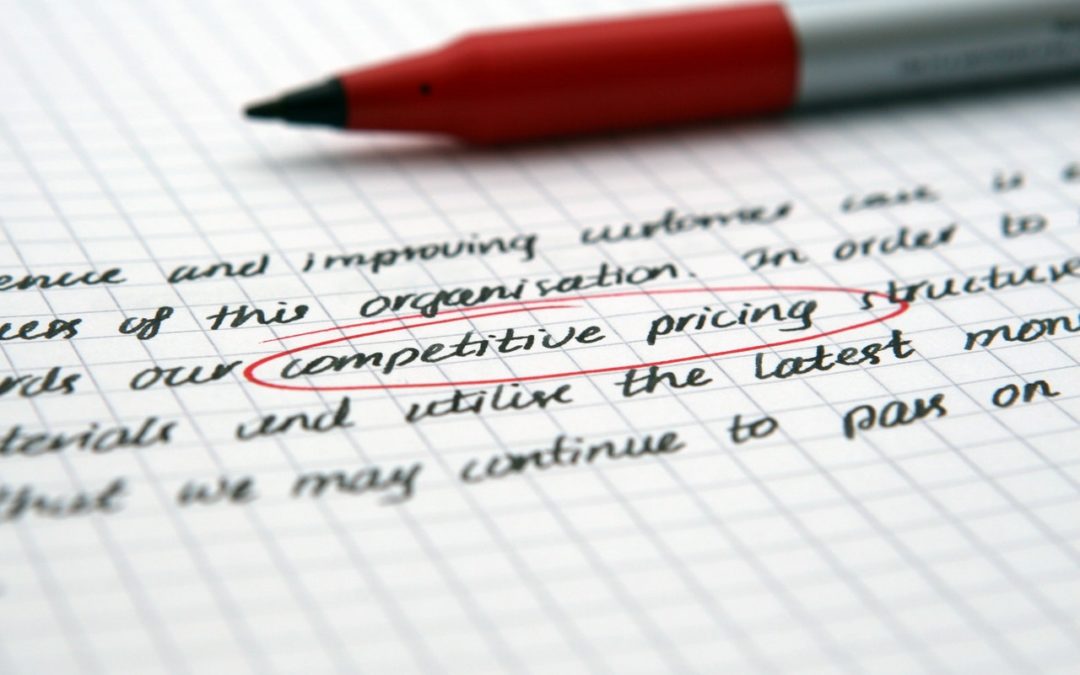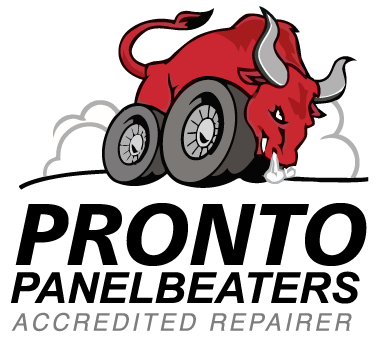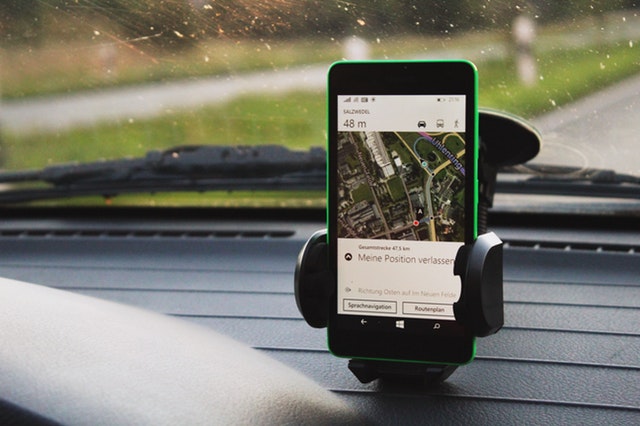

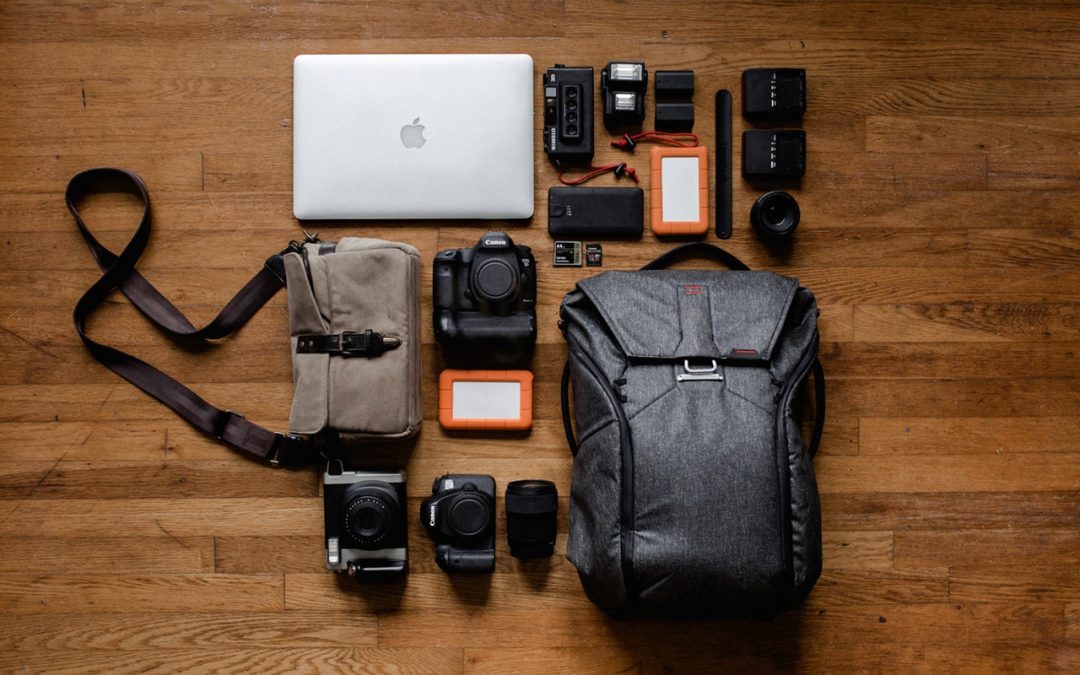
The 1 fact about portable possessions insurance you didn’t know
The 1 fact about portable possessions insurance you didn’t know People be spending in December. And then people be spending again in January (January sales, yo). No, really, it’s a thing that happens every year. People buy the stuff that they want for their...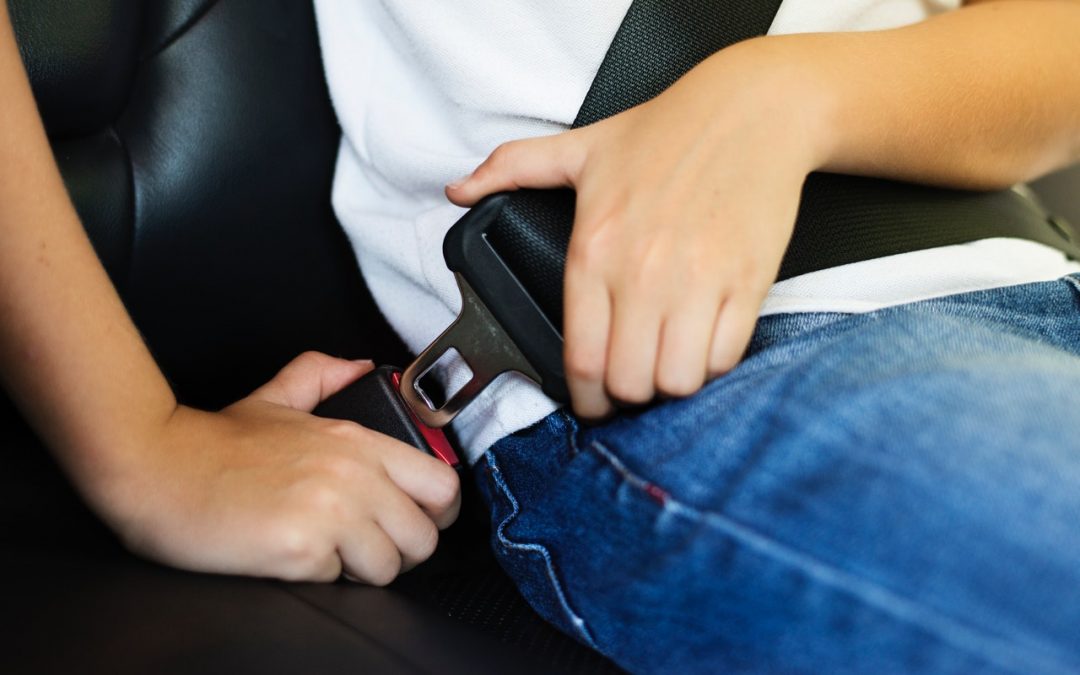
5 Essential Tips for Driving Safely with Children
Keep your little 1s safe on the road. March madness means different things to different people. To us in sunny South Africa, it refers to the increase in accidents on our roads over the March and April holidays. This is meant to be a glorious time with friends...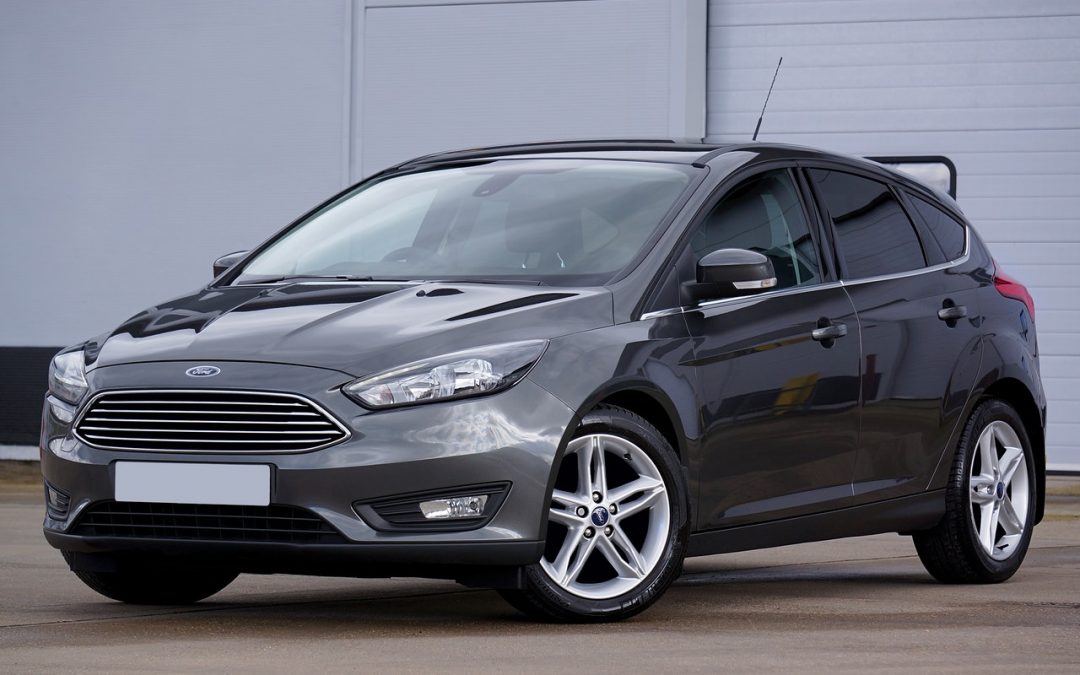
Always insure your car for its retail value
When you insure your car, you can choose how much you want to insure it for. We don’t mean that you can choose the exact value.
